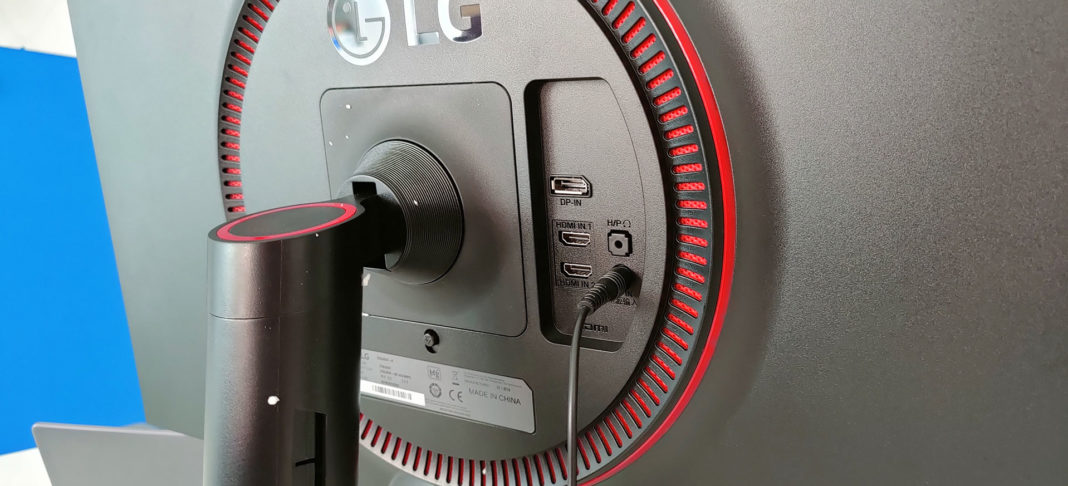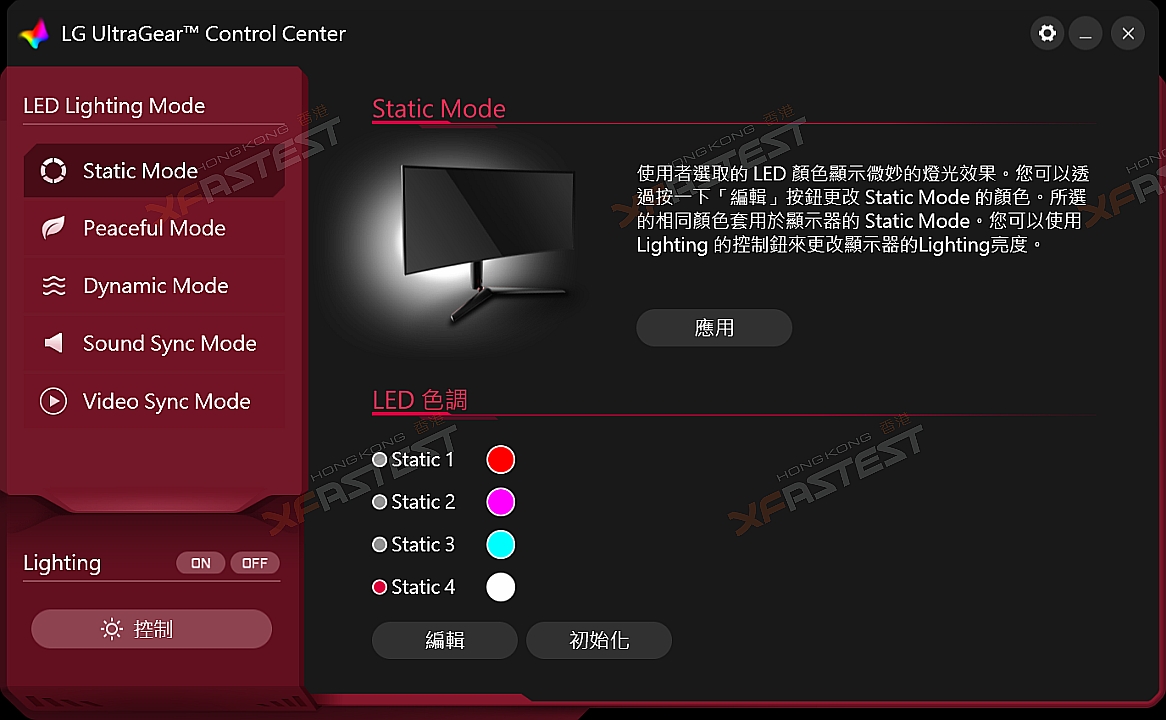

It’s almost as bad in games with halos appearing around moving objects. Switching to “Fastest” caused terrible overshoot and halos around the UFOs. The “Normal” setting presented some ghosts, in line with other IPS monitors I’ve put through this test. As you can see in the picture above, there are no trails whatsoever. On the default “Fast” overdrive setting, the results were the best I’ve ever seen in a gaming monitor. To test whether the monitor was as fast as LG claimed, I used BlurBuster’s TestUFO Ghosting Test. Look closely at the fine print and you’ll see that this speed is only on the “fastest” overdrive setting, however. The 27GN950-B is quoted as running at 1ms, putting it on par with the best esports monitors. It wasn’t long ago that a response time of 5ms would have been impressive on an IPS gaming monitor, but companies have been driving those times lower and lower with each passing year. The usual tradeoff for these advantages is a slower response time, which can lead to ghosting, but times are changing. IPS panels are already well-loved by creatives for their color accuracy, and Nano IPS is a clear upgrade over a standard IPS screen. The display is infused with micro particles that promise to widen the color gamut, vividness, and viewing angles while also maintaining improved color accuracy. Colors are vibrant and gorgeous, even when viewed at an angle. The color reproduction is fantastic, too, thanks to LG’s Nano IPS technology. The improvement over DisplayHDR 400 is immediately noticeable and a worthy upgrade if you can’t afford top-of-the-line options like the Acer Predator X35. Still, even though DisplayHDR 600 isn’t cutting edge, it makes for a nice middle-ground between the masses of 400-nit monitors and the still very expensive HDR1000 options. It still falls short of “true HDR” which is often considered at 1000-nits brightness or more, and the contrast ratio of 1000:1 just doesn’t compare to a full-array backlight or OLED panel. HDR content has also received a noticeable bump with an improved peak brightness of 600-nits, up from 400, and 16 local dimming zones, earning it DisplayHDR 600 certification. The monitor includes two HDMI inputs, but you’ll need to use DisplayPort to take advantage of everything it has to offer. You’ll need a powerful graphics card to run AAA games in 4K without turning down the graphics, but pulling it off without color compression also requires a DisplayPort connection with DSC support.

This model runs at full 4K resolution (up from 1440p) 144Hz with 10-bit color – no chroma subsampling needed, even while running HDR and G-Sync/Freesync at the same time. It brings back much of what made the 27GL850 great, including the rapid refresh rate and Nano Cell-infused IPS panel, and then turns the dial. Design and FeaturesThe 27GN950-B is an impressive monitor.


 0 kommentar(er)
0 kommentar(er)
